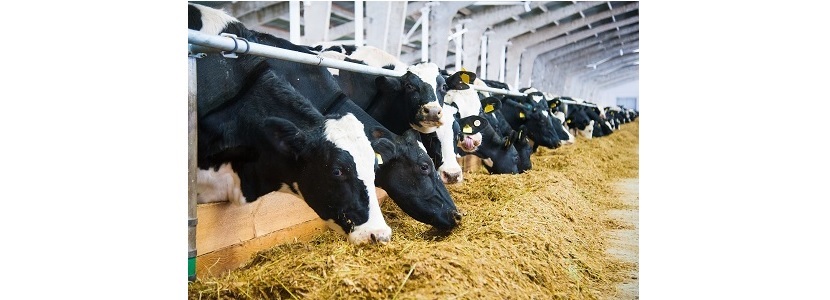 30 May 2022
30 May 2022
Feeding behavior in dairy cows seems to harbor great importance when it comes to improving production parameters. Improving feed efficiency in dairy cattle is important not only for optimizing production costs, but also due to a growing need to reduce waste associated with animal production (e.g. manure and methane) and its impact on the environment.

| Feeding behavior has a two-way association with animal welfare. Some problems related to animal welfare, such as health deterioration or pain, cause changes in eating behavior. On the other hand, changes in eating behavior can lead to health problems. (Figure 1) |
Figure 1. Summary of the two-way relationship between feeding behaviour and animal welfare in dairy cattle, including drivers of feeding behaviour and impact on productivity

Modified from Llonch et al., 2018
Drivers of livestock feeding behavior
Feeding is a predominant behavior in ruminants with animals spending a great part of the day eating. A high-production Holstein cow can eat more than 25 kg of dry matter in a day.
![]() The average time spent feeding can be up to 12 hours, distributed over various feeding events or “meals” which are separated by longer periods of time than the feeding events. (Von Keyserlingk and Weary, 2010).
The average time spent feeding can be up to 12 hours, distributed over various feeding events or “meals” which are separated by longer periods of time than the feeding events. (Von Keyserlingk and Weary, 2010).
![]() Feeding motivation in ruminants is influenced by internal and external factors. External factors include sensory characteristics of food and are considered an incentive that influences eating behavior (Ginane et al., 2015). Internal factors, such as physiological and metabolic responses, can be enhanced by positive sensory stimulation or food palatability.
Feeding motivation in ruminants is influenced by internal and external factors. External factors include sensory characteristics of food and are considered an incentive that influences eating behavior (Ginane et al., 2015). Internal factors, such as physiological and metabolic responses, can be enhanced by positive sensory stimulation or food palatability.
Palatability has a great influence on ruminants’ feeding behavior, due to the fact that the sense of taste is highly developed in cattle (Albrigth, 1993). [register]
 Sensory additives could be included in the diet of animals to modulate feeding behaviour, mainly with the aim of improving feed palatability and encouraging feed consumption. Taste and smell are the main senses associated with food intake. Therefore, sensory additives are usually aromatic and/or tasty substances that stimulate these senses and trigger feeding motivation.
Sensory additives could be included in the diet of animals to modulate feeding behaviour, mainly with the aim of improving feed palatability and encouraging feed consumption. Taste and smell are the main senses associated with food intake. Therefore, sensory additives are usually aromatic and/or tasty substances that stimulate these senses and trigger feeding motivation.
Feeding stimulation mainly results in higher dry matter intake (DMI) and increased milk production.
For example, Migliorati et al. (2005) observed that dairy cows which received a flavoured diet (aromatic sweetener)within the automatic milking system exhibited greater interest towards the feeder (increased number of visits) compared to those cows fed a control diet.
Merril et al. (2013) evaluated a flavor enhancer to improve forage palatability in lactating dairy cows and observed a rising trend in DMI (+1.5 kg/d) and milk production (+3.9 kg/d) in multiparous dairy cows.

Social behavior is considered an external factor that also regulates eating behavior
Social facilitation influences feeding motivation, in which the animal is stimulated by the sight and sound of other animals eating (Ginane et al., 2015).
The link between feed management and social behaviour depends on whether cows have free (i.e. unrivalled) access to feed, which affects the total time spent eating and the feeding pattern of each day.
Monitoring feeding behavior
Eating behavior is analyzed through the quantification of the amount and distribution of food intake. In 1999, Nielsen (1999) proposed a method for analyzing eating behavior which can be applied to different species. It considers six different aspects or measurements:
Instead, grass DMI can be calculated based on grazing time, bite rate, and bite size, using the following equation:
Grass consumption = grazing time × bite rate × bite size
In dairy cows for example, the time spent eating daily increases progressively at the beginning of lactation for about 9 weeks. This shows a relationship between feeding behavior and feed consumption.

In recent years, numerous tools have been developed to monitor cows’ behavior, such as pedometers or electronic collars, which measure activity or feeding behavior, respectively.
Another factor to consider about eating behavior is food selection. Dairy cattle selectively consume the shortest concentrated particles in their TMR, while selectively rejecting longer forage particles (Greter and DeVries, 2011). Selection behavior is usually evaluated by comparative analysis and weight between the offered diet and the leftovers.
Feed selection, particularly in TMRs (total mixed rations) must be avoided. Due to the fact that unbalanced nutrient intake and altered rumen fermentation as a result of sorting can adversely affect digestion efficiency and production (Miller-Cushon and DeVries, 2017).

Impact of eating behavior on productivity
The feeding behavior of livestock has a significant impact on productivity and this is due to several reasons.
 First, an increase in time spent eating facilitates chewing, reduces the size of food particles, and increases digestibility (Aikman et al., 2008).
First, an increase in time spent eating facilitates chewing, reduces the size of food particles, and increases digestibility (Aikman et al., 2008).
 A longer feeding time increases the production of saliva, which acts as a buffer on the rumen, reducing acidity (Beauchemin et al., 2008).
A longer feeding time increases the production of saliva, which acts as a buffer on the rumen, reducing acidity (Beauchemin et al., 2008).
It has also been suggested that a reduction in feeding rate (gr/min) also mitigates the risk of metabolic problems such as subacute rumen acidosis (SARA) and abomasum displacement (Shaver, 1997).

Feed efficiency
More efficient animals use less feed for their maintenance, which increases the energy that they allocate to production (e.g. growth or milk production).
In growing dairy heifers, Green et al. (2013) showed that feed efficiency, as measured by residual feed consumption (RFI), correlated moderately to highly with DMI (r = 0.54–0.74). Indicating that at the same level of production (i.e. growth), efficient livestock ate less than livestock considered as inefficient.
![]() It is well known that feed efficiency increases when consumption decreases due to limited access to food. This is due to the fact that a higher feed consumption increases the passage rate, which in turn decreases the digestibility of food.
It is well known that feed efficiency increases when consumption decreases due to limited access to food. This is due to the fact that a higher feed consumption increases the passage rate, which in turn decreases the digestibility of food.
These results suggest that feed efficiency can be improved by stimulating shorter yet more frequent meals with less (or lower) FR.
[/register]
Subscribe now to the technical magazine of animal nutrition
AUTHORS
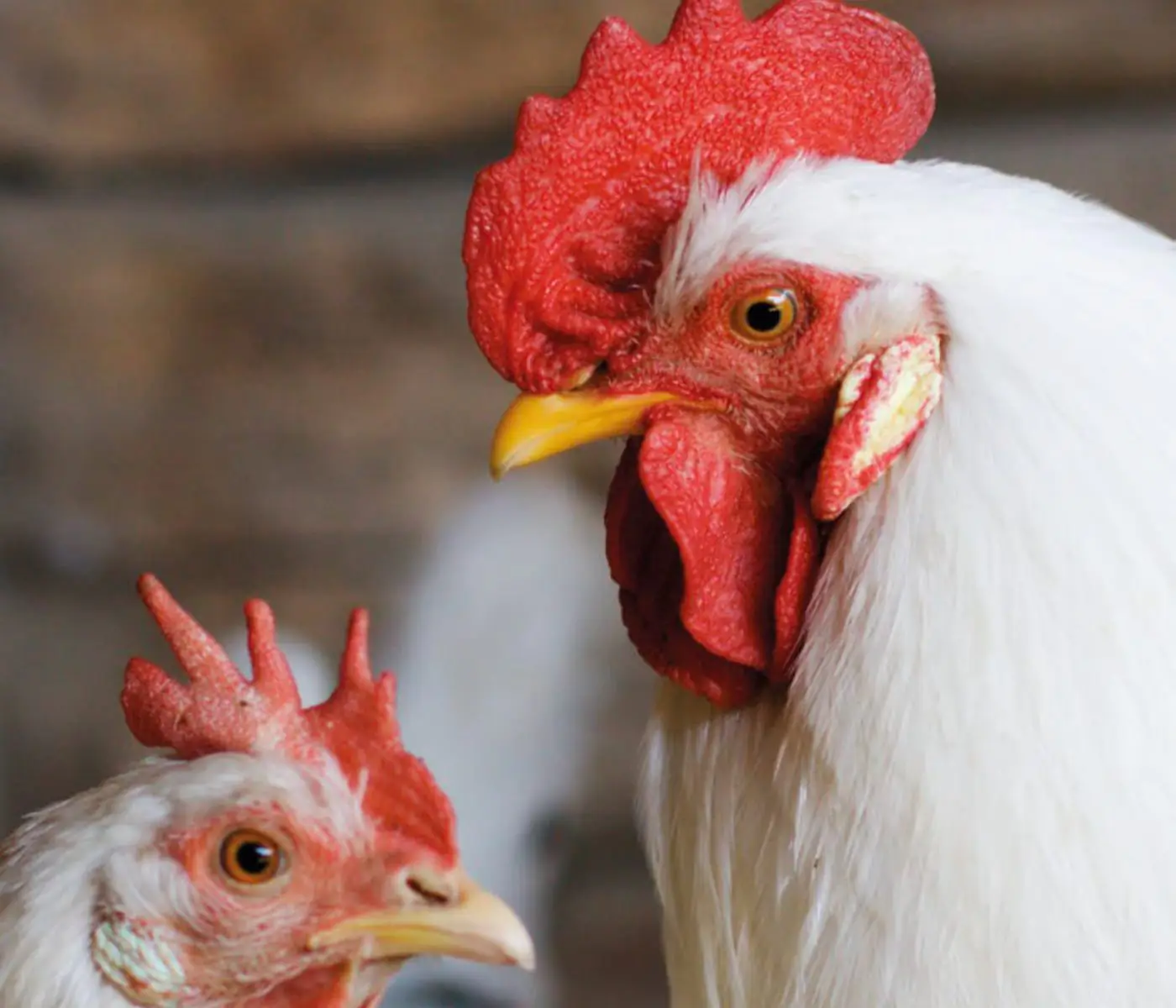
Nutritional Interventions to Improve Fertility in Male Broiler Breeders
Edgar Oviedo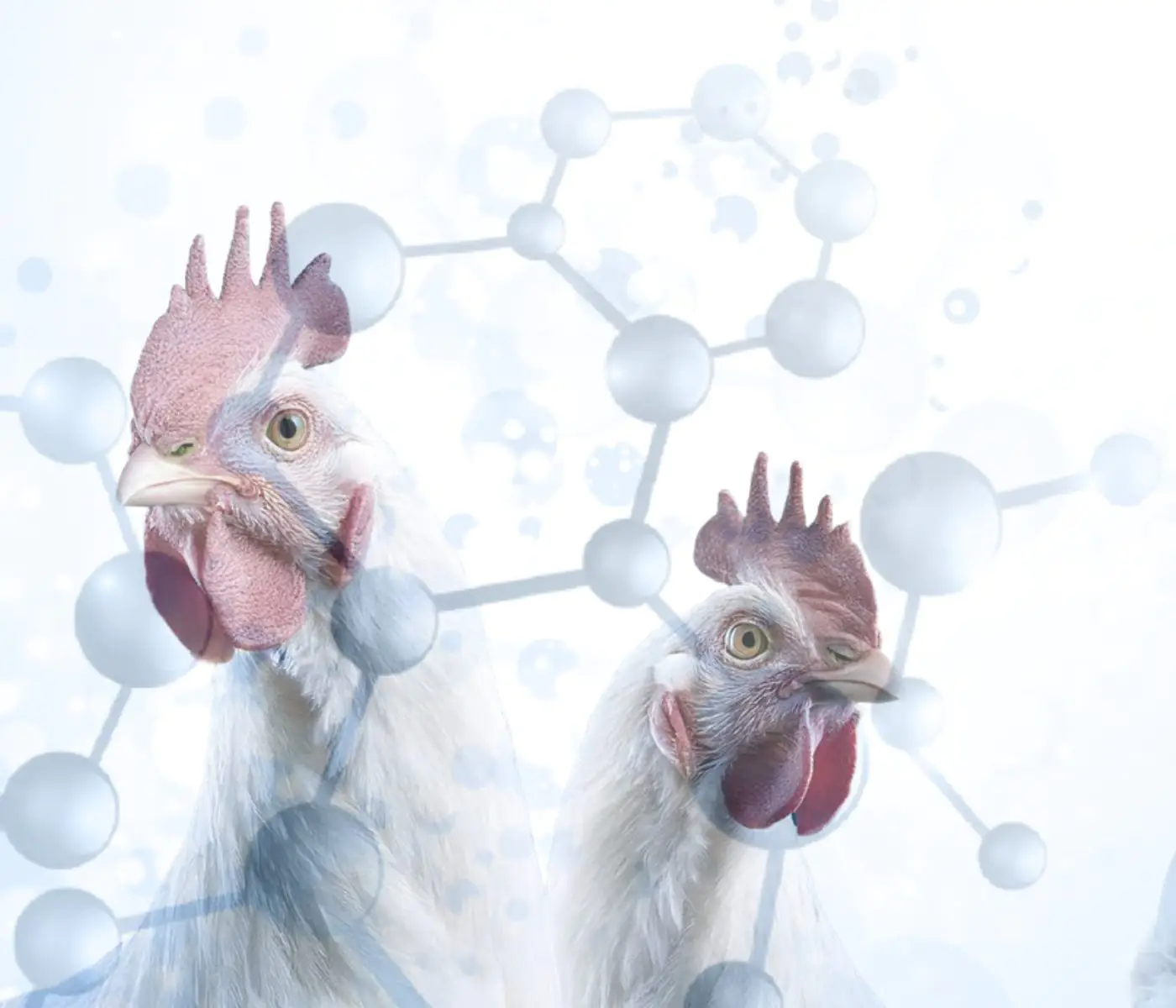
The Use of Organic Acids in Poultry: A Natural Path to Health and Productivity
M. Naeem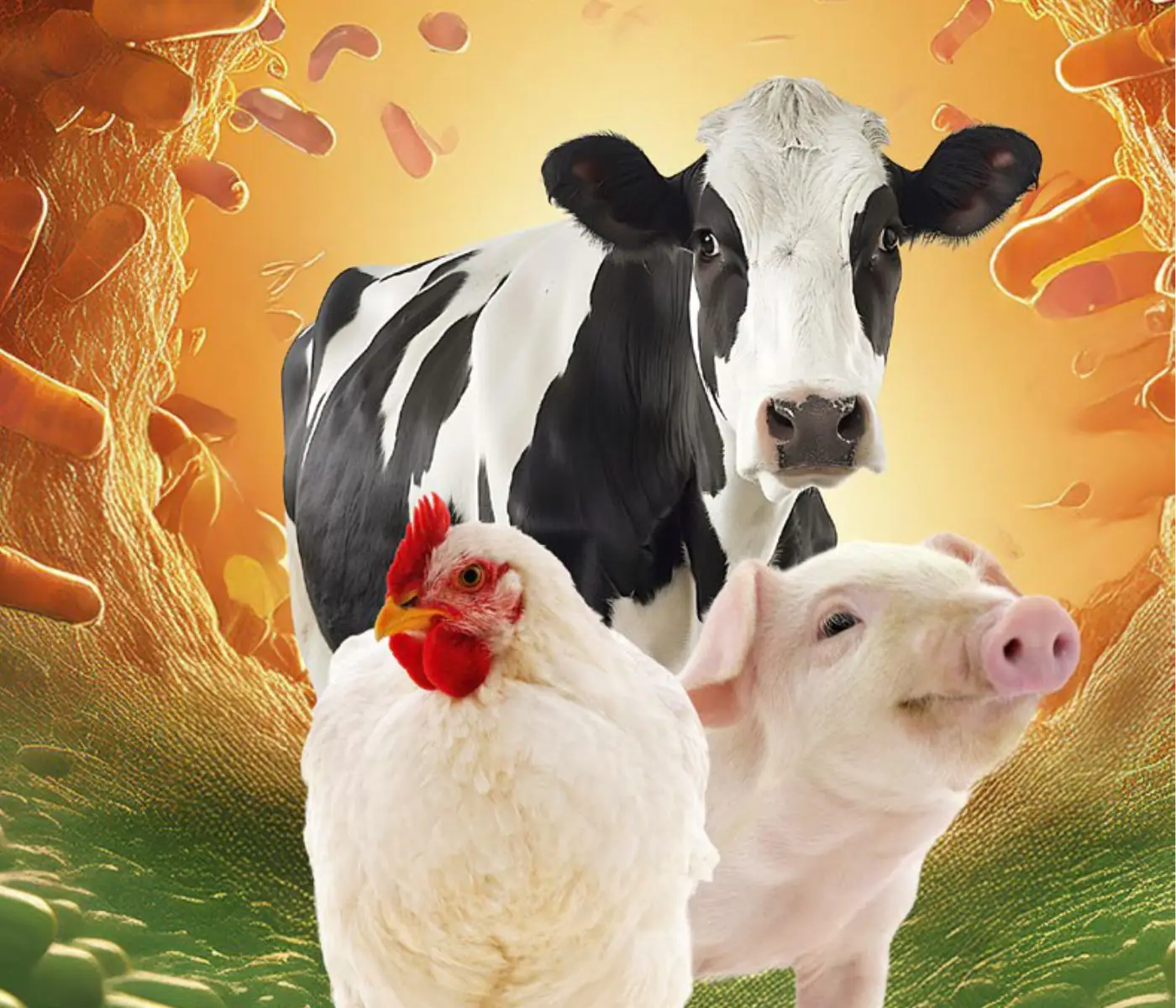
Synergistic Benefits of Prebiotics and Probiotics in Poultry, Swine, and Cattle
Gustavo Adolfo Quintana-Ospina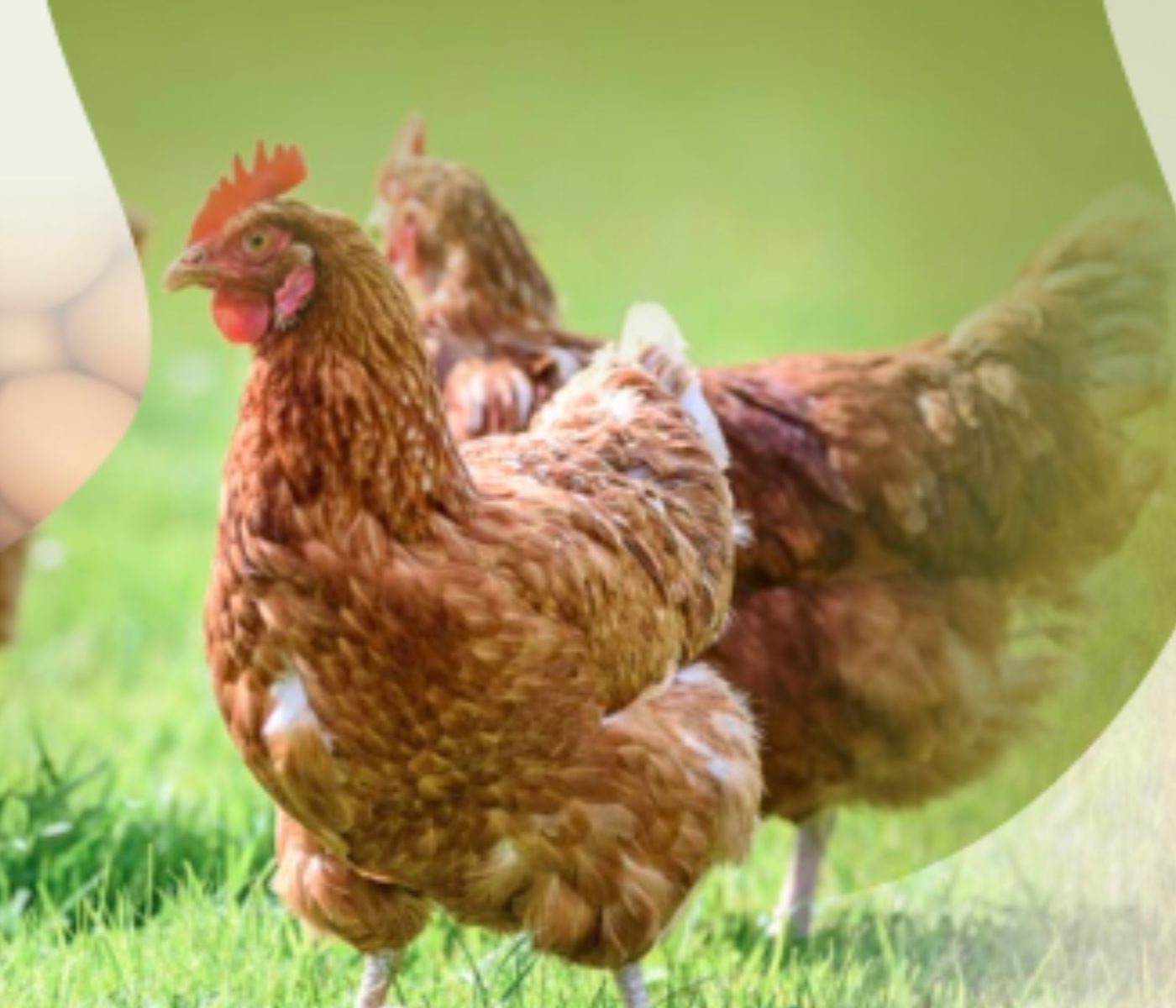
Hybrid Rye Potential in Laying Hen Feed Rations
Gwendolyn Jones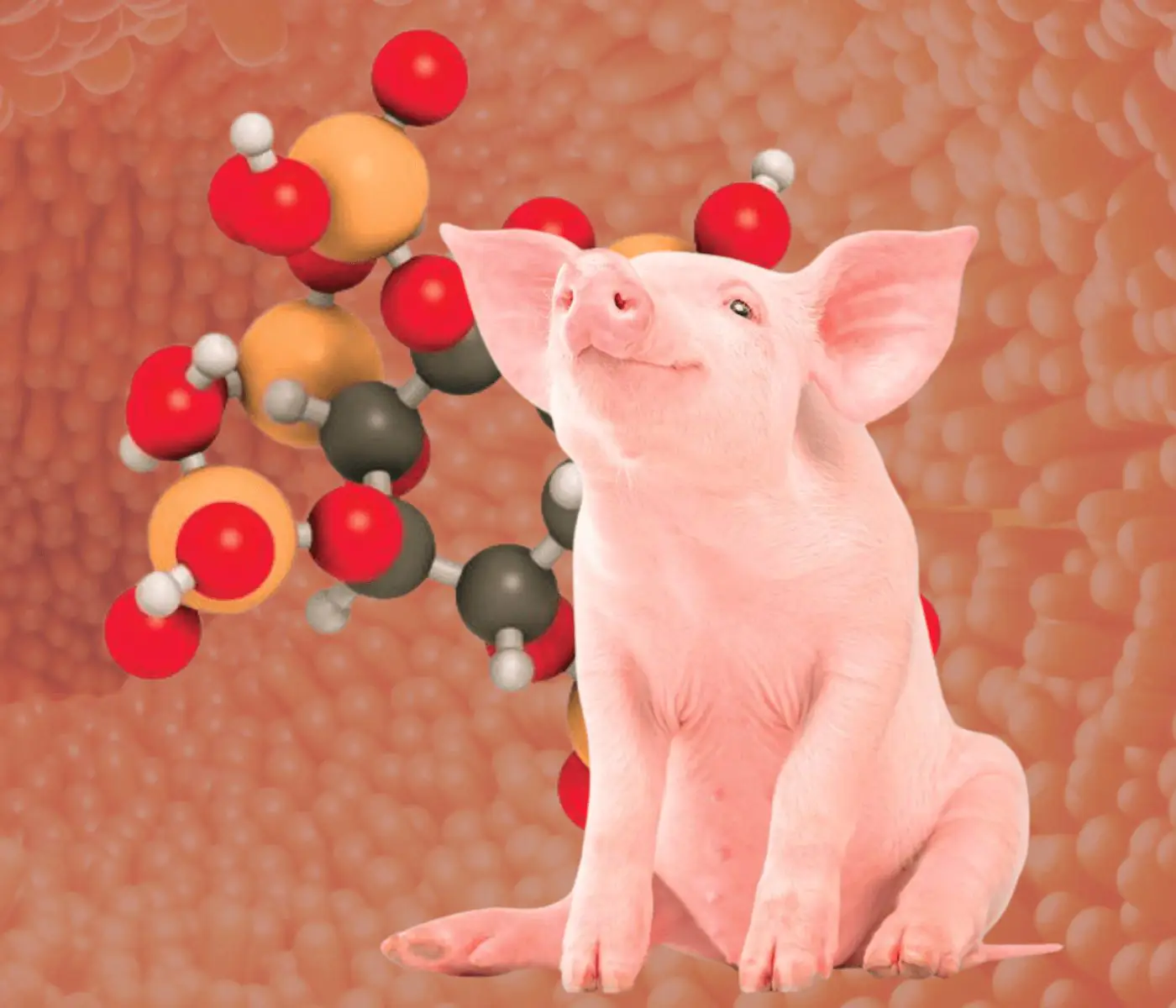
A day in the life of phosphorus in pigs: Part I
Rafael Duran Giménez-Rico
Use of enzymes in diets for ruminants
Braulio de la Calle Campos
Minerals and Hoof Health in the Pregnant Sow
Juan Gabriel Espino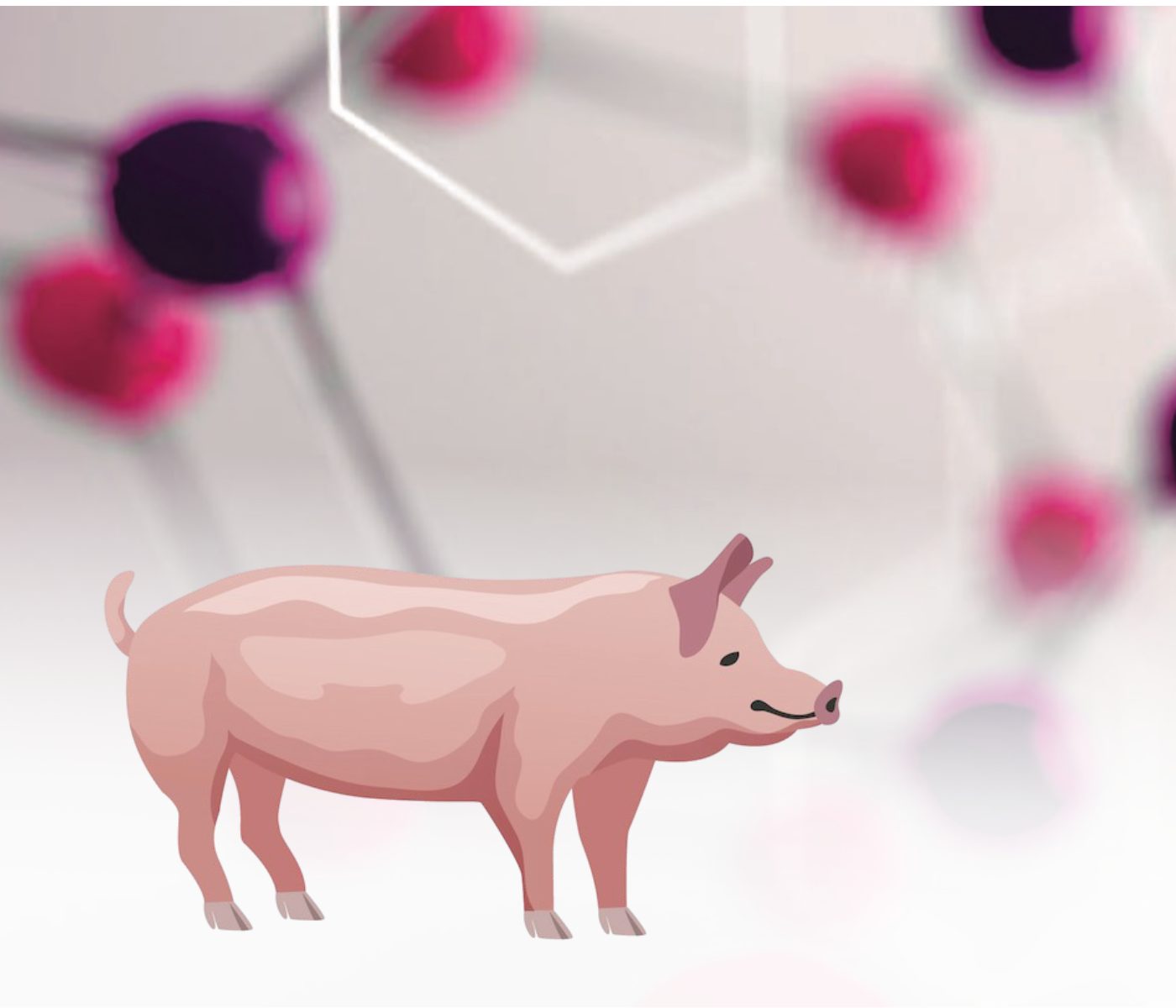
Impact of Oxidized Fats on Swine Reproduction and Offspring
Maria Alejandra Perez Alvarado